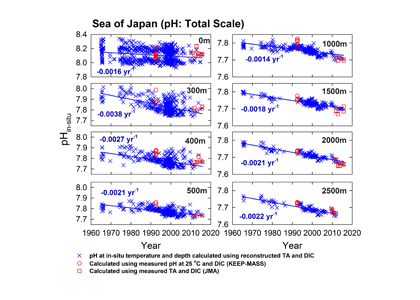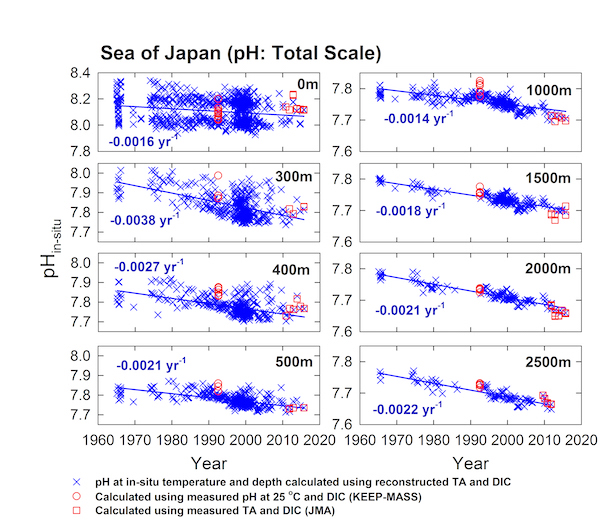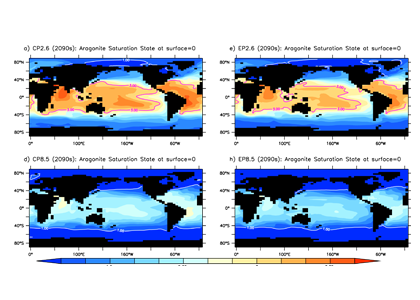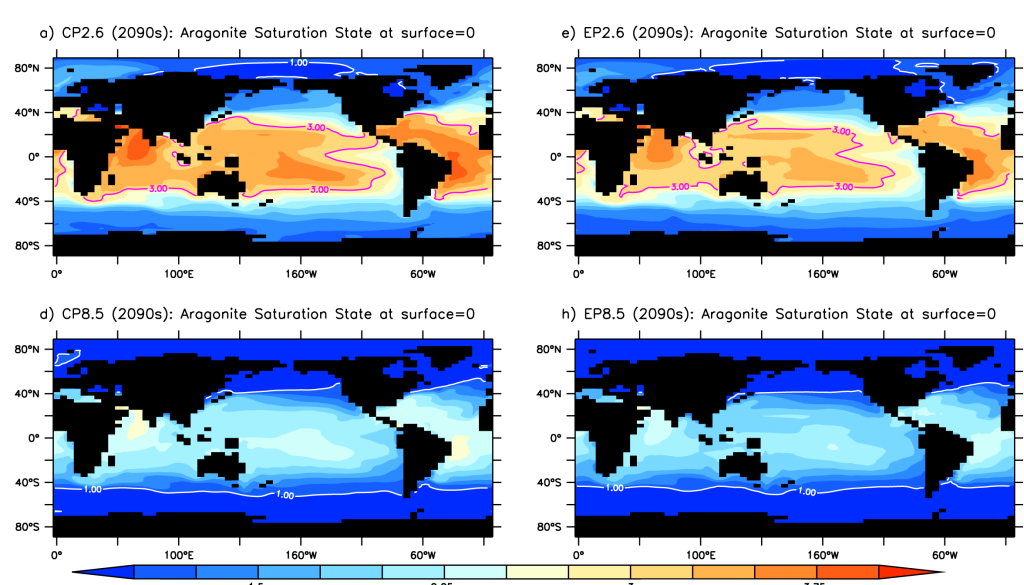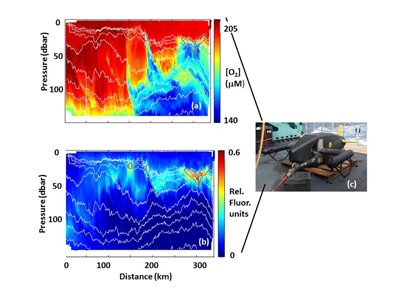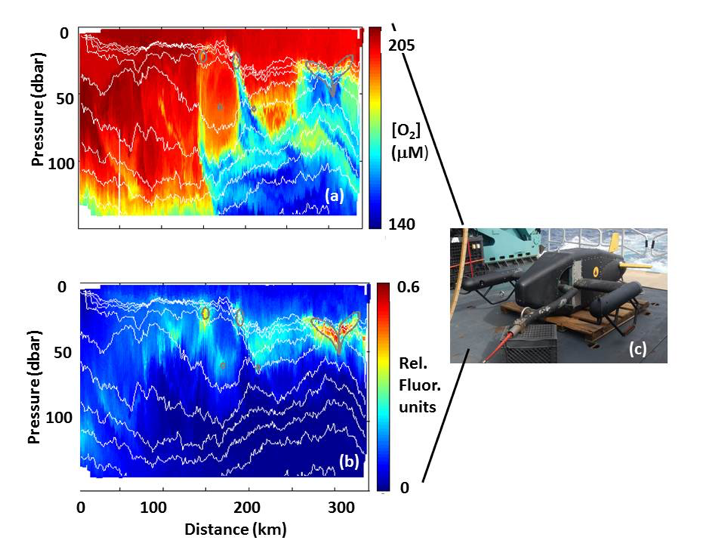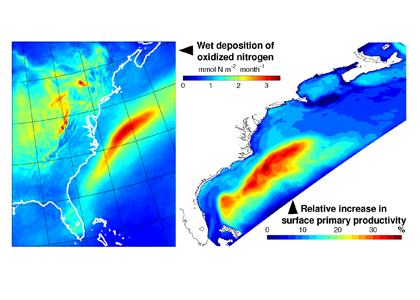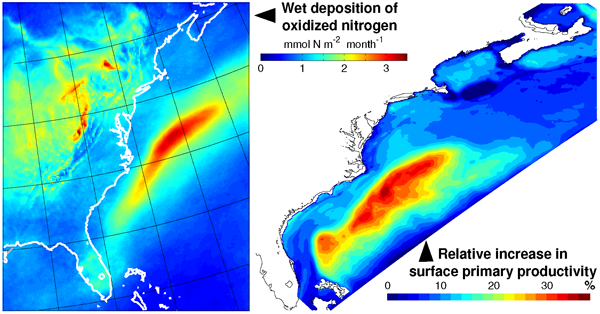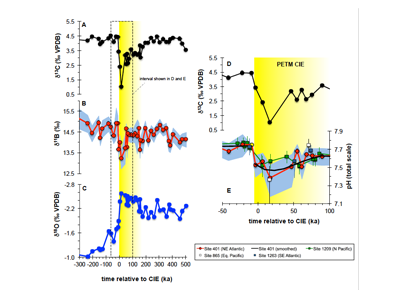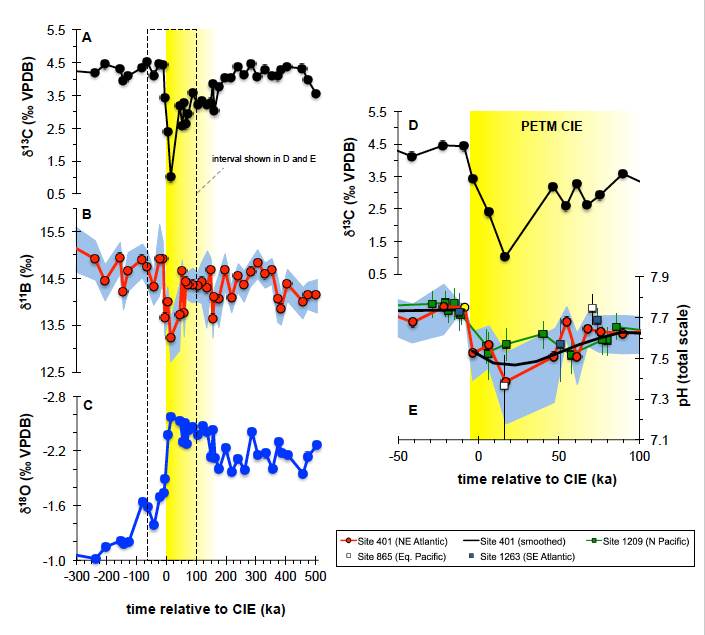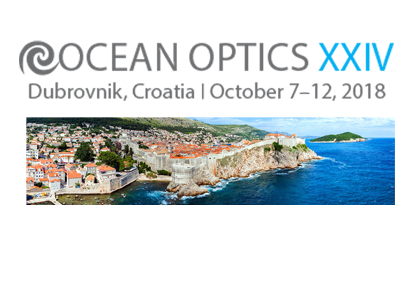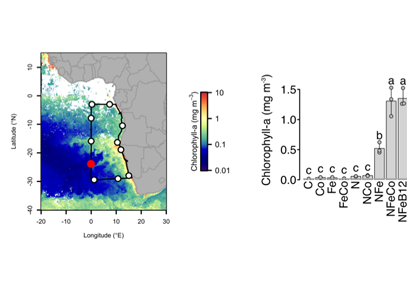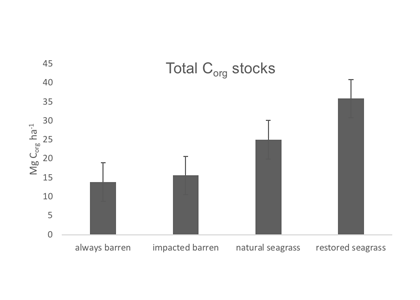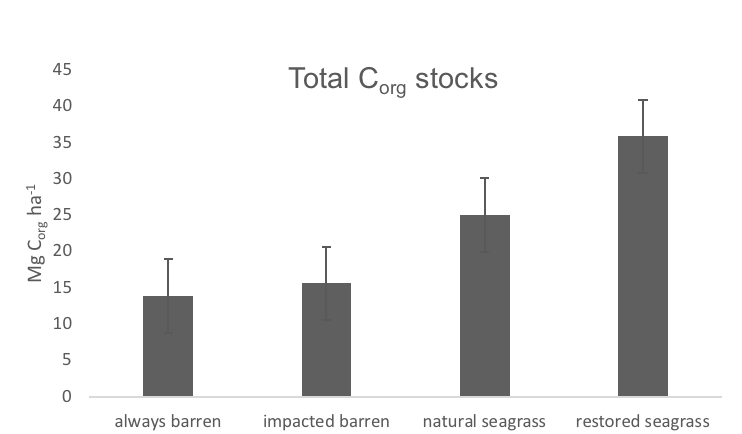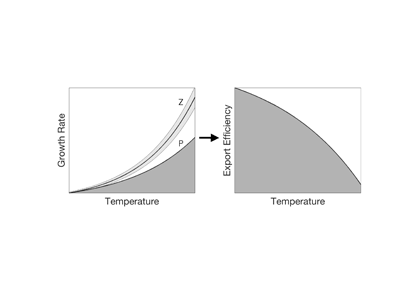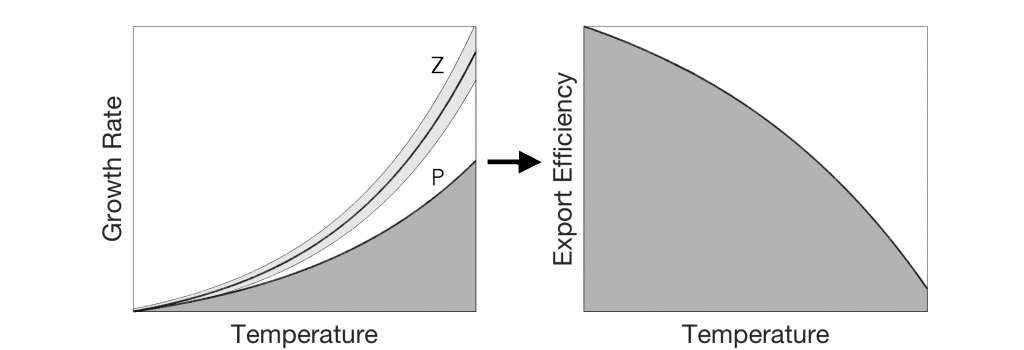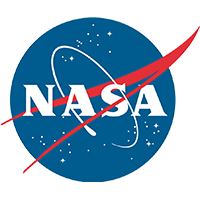Your science highlight should use a narrative style and active voice to engage the reader (no verbatim sentences from your abstract or paper).
Your target audience is a broad scientific readership. You may submit one figure that conveys the key point of the paper, with a succinct caption. The figure (separate high res file) must be modified slightly from its published version to avoid copyright issues.
The text should include the following:
- A catchy title to draw in your reader
- Opening statement highlighting an unknown or a question (1-2 sentences)
- Key results/findings and approaches (with link to article) (3-4 sentences)
- What are the broader implications of this work? Why should federal/state/local gov't, funding agencies, citizens, stakeholders, educators, etc. care? (1-2 sentences)
- Author name(s) and affiliation(s) - Style: Sam Smyth (University of Carbon)
- Twitter handles of authors and/or labs/institutions
Short backstories are welcome!
We schedule highlights as received and go through one round of editing before publication. Generally it's 2-3 months between sending a highlight and the next open publication date due to current volume. We look forward to receiving your piece! Questions?

